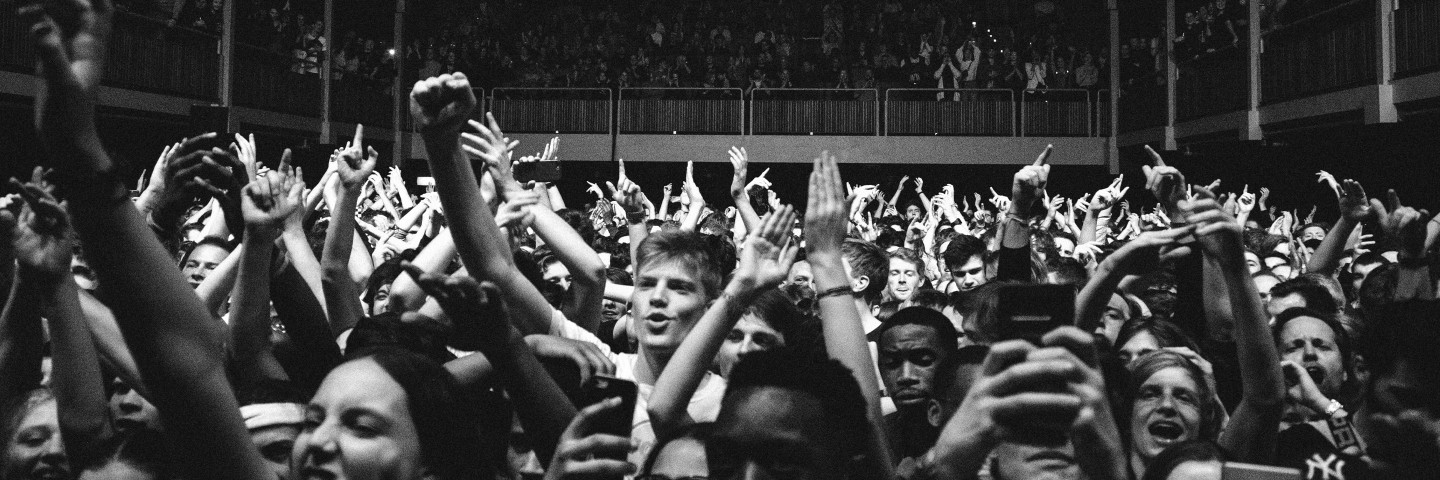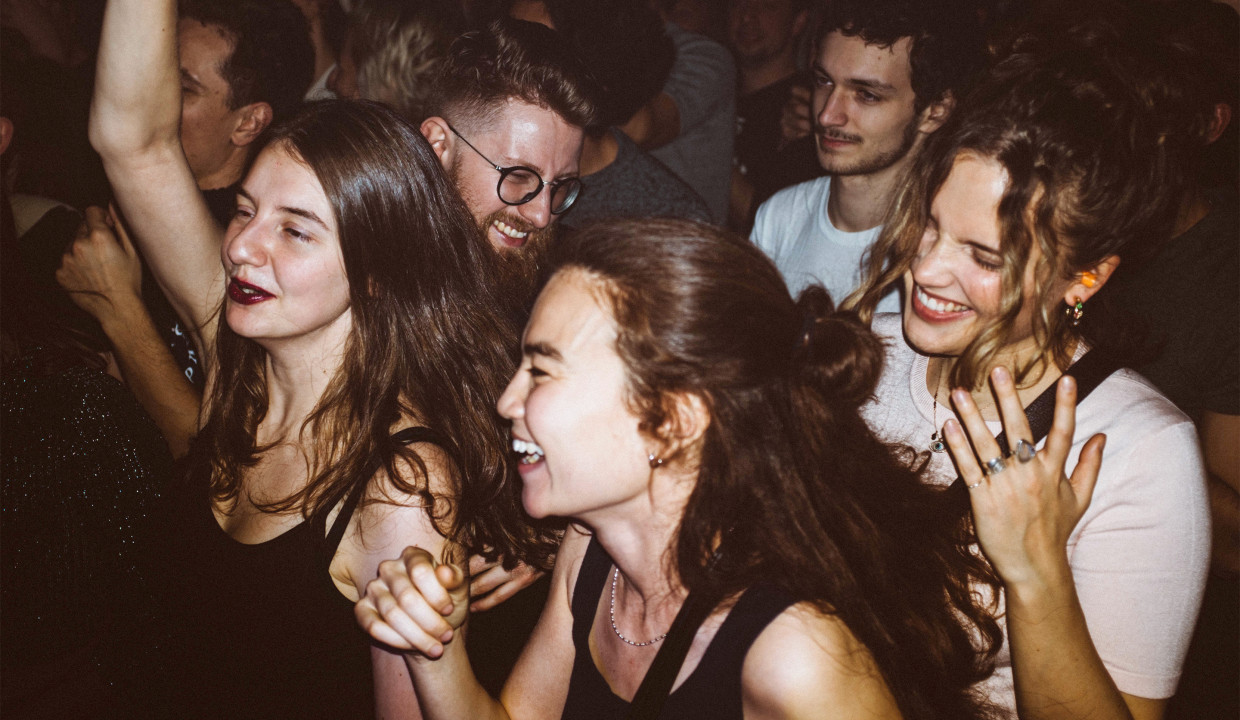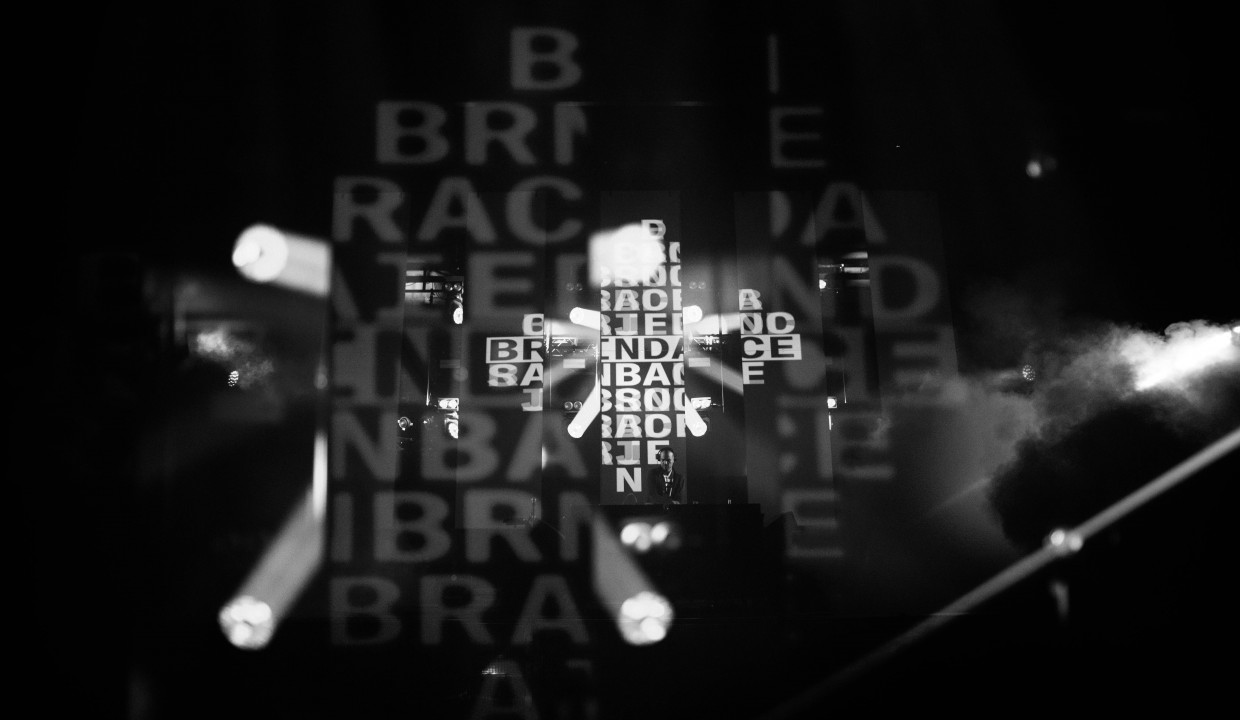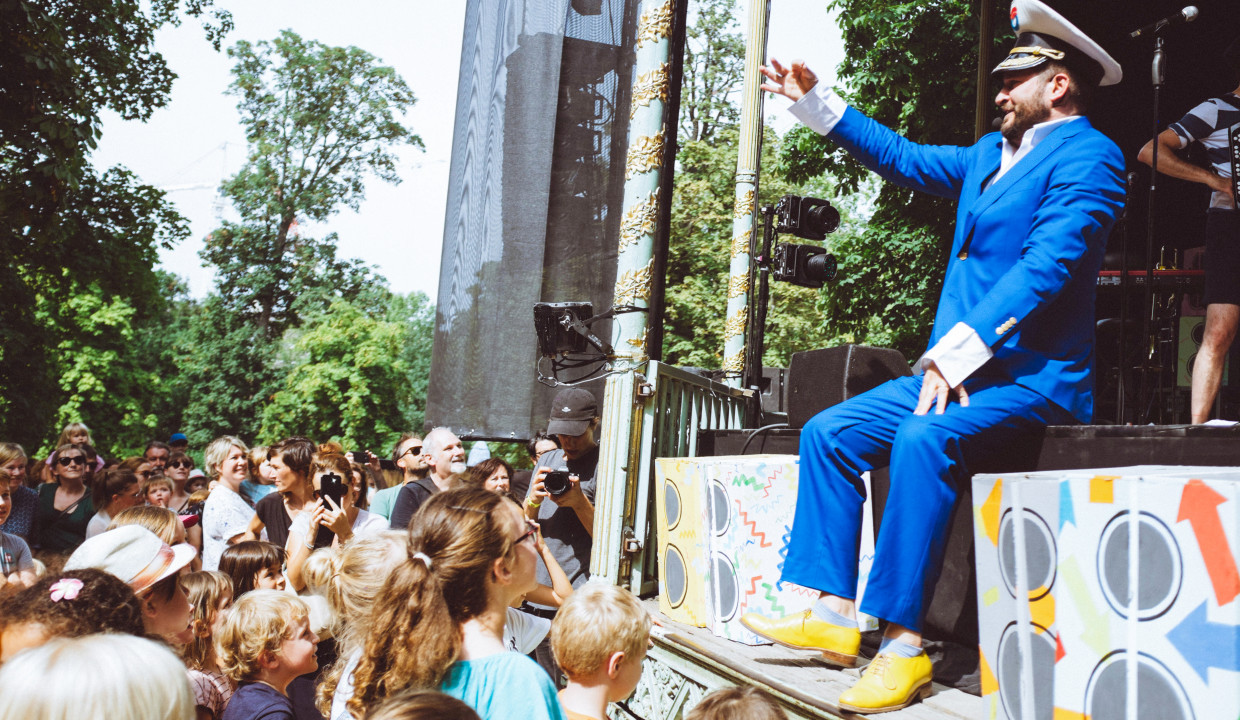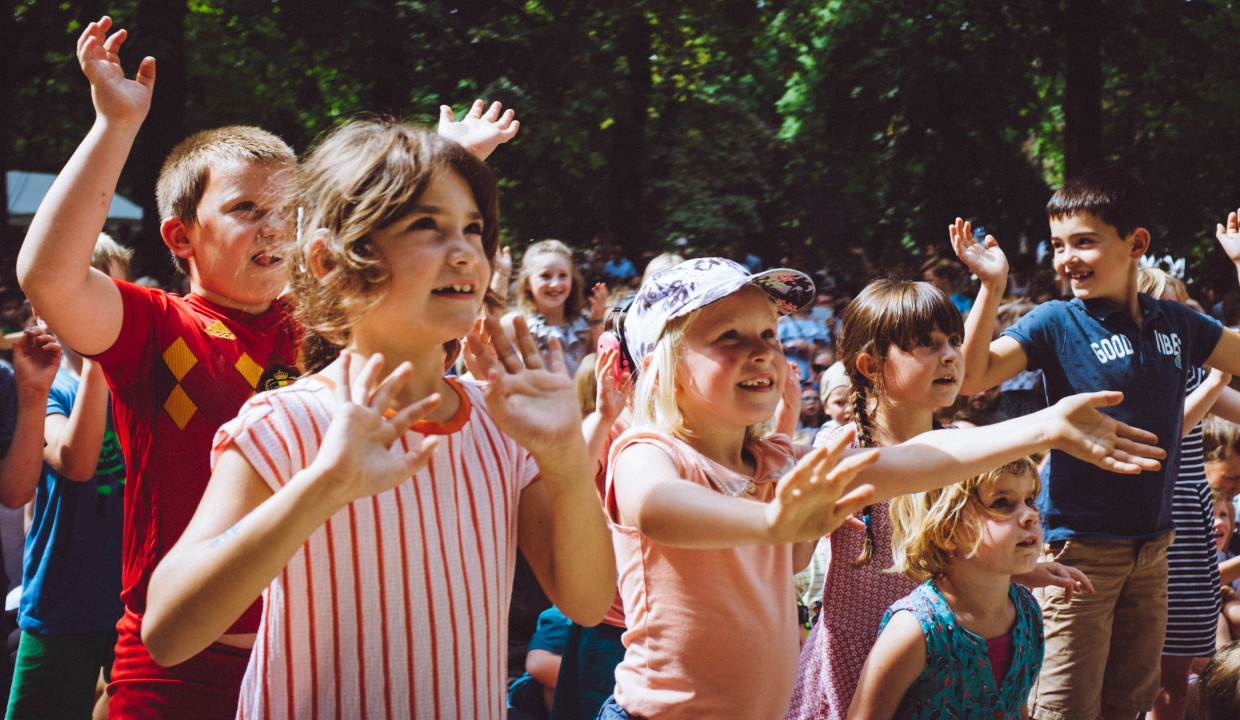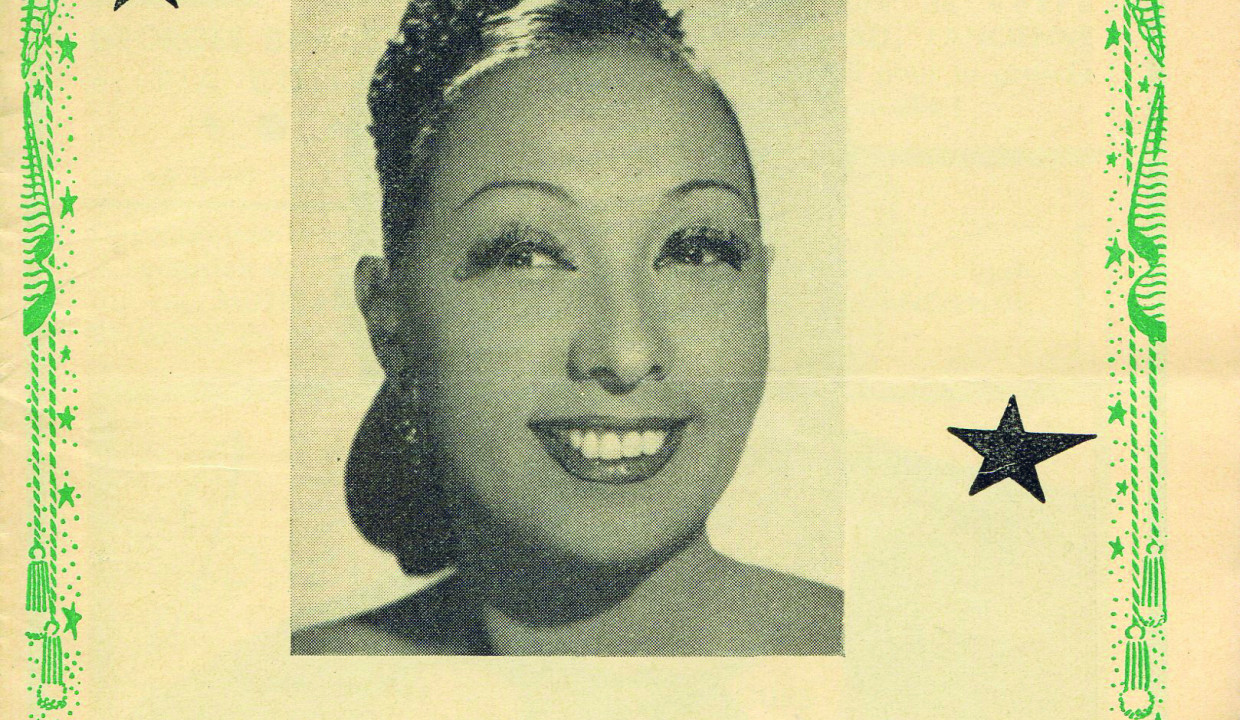From guild hall to dance hall
The current Ancienne Belgique is located on a historic site in the heart of Brussels. In the 15th century, here was the home of the retailers (the ‘Meerslieden’). This place served as a fortified bank vault, nursing home for the sick, meeting place and banqueting hall. Three centuries later, the complex has developed into a true hub with a socio-cultural purpose. The only tangible reminder of that time is a commemorative plaque bearing the inscription "Meersliedenambacht 1781".
The Belle Epoque brought new glory: the Vieux Düsseldorf was all the rage from 1906 to 1913 with a German style interior, seats for 1,500 people, two orchestras and variety & revue artists. A renovation (the first in a series!) commenced here in 1913, and that same brasserie formula was recreated – as Bruxelles-Kermesse – but with acrobats, conjurers and film screenings. Later the venue was transformed into a popular dance hall.
The music hall success
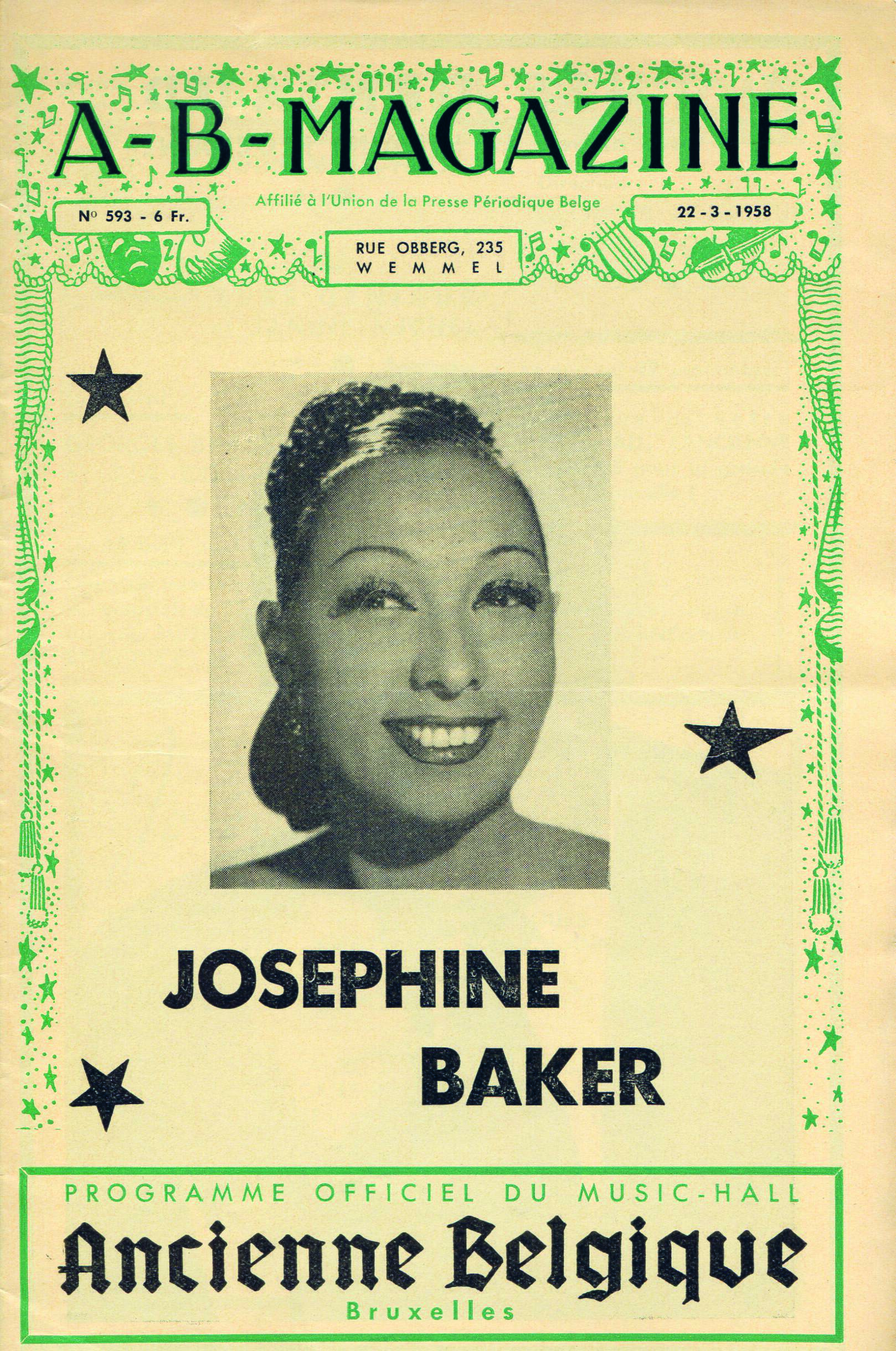
In 1931, the entire building was entrusted to the 22-year-old Georges Mathonet from Liège. The Ancienne Belgique era commences. Georges is a real businessman, just like his father Arthur. In no time, he owns similar establishments in Ghent and Antwerp too. The Brussels variant, our AB, will survive them all and become one of the most prominent music halls of its time. Its success soon meant that the premises were destined to… demolition! Well, actually, the time had come for a larger hall with doubled capacity, seating up to about 1,300 people.
Mathonet wasn’t discouraged by the outbreak of the second World War: he also earned his stripes as a member of the resistance. The liberation led to a boom in the entertainment world and his AB was pretty much at the centre of it all. The success formula of the day: magicians, acrobats, impersonators and comedians provided the warm-up. Then the English and American stars sang three and six songs respectively. After the interval came the 40-minute main act.
Charles Trenet, Gilbert Bécaud, Charles Aznavour, Georges Brassens, Édith Piaf, Adamo, but also Annie Cordy and Bobbejaan Schoepen all performed here. Jacques Brel was a real regular. A dozen shows a week was common, half of which were matinees. The entire operation was affordable and technically straightforward. The atmosphere is casual and comfortable. In the red velvet-clad hall, The audience ate, drank and chatted away as they enjoyed performances and music in the red velvet-clad hall.
In 1954, Bruno Coquatrix – who had previously worked in AB – took over the running of the most famous music hall in Europe: the Olympia in Paris. He and Georges Mathonet become partners. Ten fantastic years follow. When yé-yé (think: "yeah! yeah!") music erupted in the ‘60s, management jumped on the bandwagon by booking artists like Johnny Hallyday and Claude François. This attracted a different and younger audience.
Following the fire in the Innovation (1967), Mathonet was obliged to safeguard his premises according to new regulations. This was a costly investment that was never to be fully recovered. An attempt to turn the Ancienne Belgique into a version of the Parisian Lido was a failure and repeated requests for subsidies were fruitless. In 1971, Mathonet closed up and called it quits.
A new direction
The building languished for some time, until jazz- and blues enthusiast Paul Ambach appeared on the scene. He saw it as the ideal venue for organising concerts: smaller than the recently opened Forest National, but large enough for a series of big-name, atmospheric concerts. Ambach managed to convince the curator and, up until 1979, he had a diverse range of major artists grace the stage there: from Leonard Cohen, Herbie Hancock and Frank Zappa to Golden Earring, Lou Reed, Kraftwerk, The Clash and The Stranglers.
In 1977, The Ministry of Finance purchased the premises. Together with the Botanique, it was offered to both the French- and the Flemish-speaking cultural communities. Two Secretaries of State for Brussels Affairs had to fight it out amongst themselves: Messrs. Vic Anciaux (VU) and François Persoons (FDF). The Flemish opt for AB due to the central location and the popular background. The mission of the new Ancienne Belgique: to provide as many Flemish people as possible with a friendly meeting place in the centre of the capital. It was to be a creative space too, a place were young and old could go out.
The original name was retained, but the abbreviation AB was very soon widely used. Director Ivo Goris and his very young team of volunteers and temporary employees turned it into an open house where all manner of initiatives could take place. Training activities during the day, artistic activities and partying at night.
Building and renovation works
The central location is not only a blessing, however. After repeated complaints about the noise, the city council withdrew the operating license in 1980. A major renovation is required. In 1982, the work commences in phases, starting with the Main Hall.
The reopening of 23 December 1983 was a memorable moment in the history of AB. But it soon became apparent that the noise issue had not yet been resolved. The AB team valiantly soldiered on with a restricted operating license. All-night parties make way for a strictly adhered to closing time and new, less noisy, genres were given a chance. Dutch-language music and traditional music from Africa, India and South America were included in the programme, as was the crème de la crème of the dance and theatre world.
Despite the strength of the team, with Jari Demeulemeester as Artistic Director (General Director as of 1988), there was fear in the air: police interventions, fines, and threats from the toughest law firms were a constant reminder of the risk of closure.
In 1986, Minister Patrick Dewael decided to have a thorough noise audit done. The report was disastrous, but it also offered hope and led to a new building programme. For the duration of the major construction works, AB was temporarily housed in the Luna Theatre on the Sainctelette Square (together with the Kaaitheater that was also undergoing renovation). The Kaaitheater eventually remained there, while AB returned to the centre of Brussels once the works were completed.
When the brand-new AB re-opened in 1996, the building had been enormously expanded and was technologically state-of-the-art. The main entrance was no longer in the Steenstraat, that now housed the AB Café and the Ticket Shop. Material for shows could now be moved in and out via a separate loading bay. The new entrance was now to be found on the Anspachlaan and it opened onto a spacious agora. The AB Club was located on the first floor, in a separately sound-insulated volume. The Main Hall, with its two floors of galleries and red hue, is the only part of the building to have escaped renovation. A huge asset gained: AB now has its own recording studio. This studio can broadcast music from the concert hall right around the world via radio, TV or the internet.
AB today
Since the re-opening in 1996, AB has been able to rely on sufficient support – initially due to the Music Decree and later through the Arts Decree. Since 2008, it may even include itself – as the first pop & rock temple – among the select group of ‘Institutions of the Flemish Community'.
Since 2017, AB has been included as one of 7 official Flemish Arts Institutions – together with the likes of deSingel, Opera Vlaanderen and Kunstencentrum Vooruit.
Arts Institutions are large-scale initiatives with a national and international reputation and an important symbolic value in cultural policy. They are organisations that have a structural bond with the Flemish Community.
In all those years, the venue’s profile has barely changed: AB presents today’s music, by today’s people, about the world we live in. With concerts in the Main Hall and the Club, but also with AB TV, AB Sessions, living room concerts, listening sessions and lectures in AB Salon. Every summer, the Feeërieën and Boterhammen in het Park (already 30-years-young, in 2019!) enchant the Warande Park with their magical outdoor concerts.
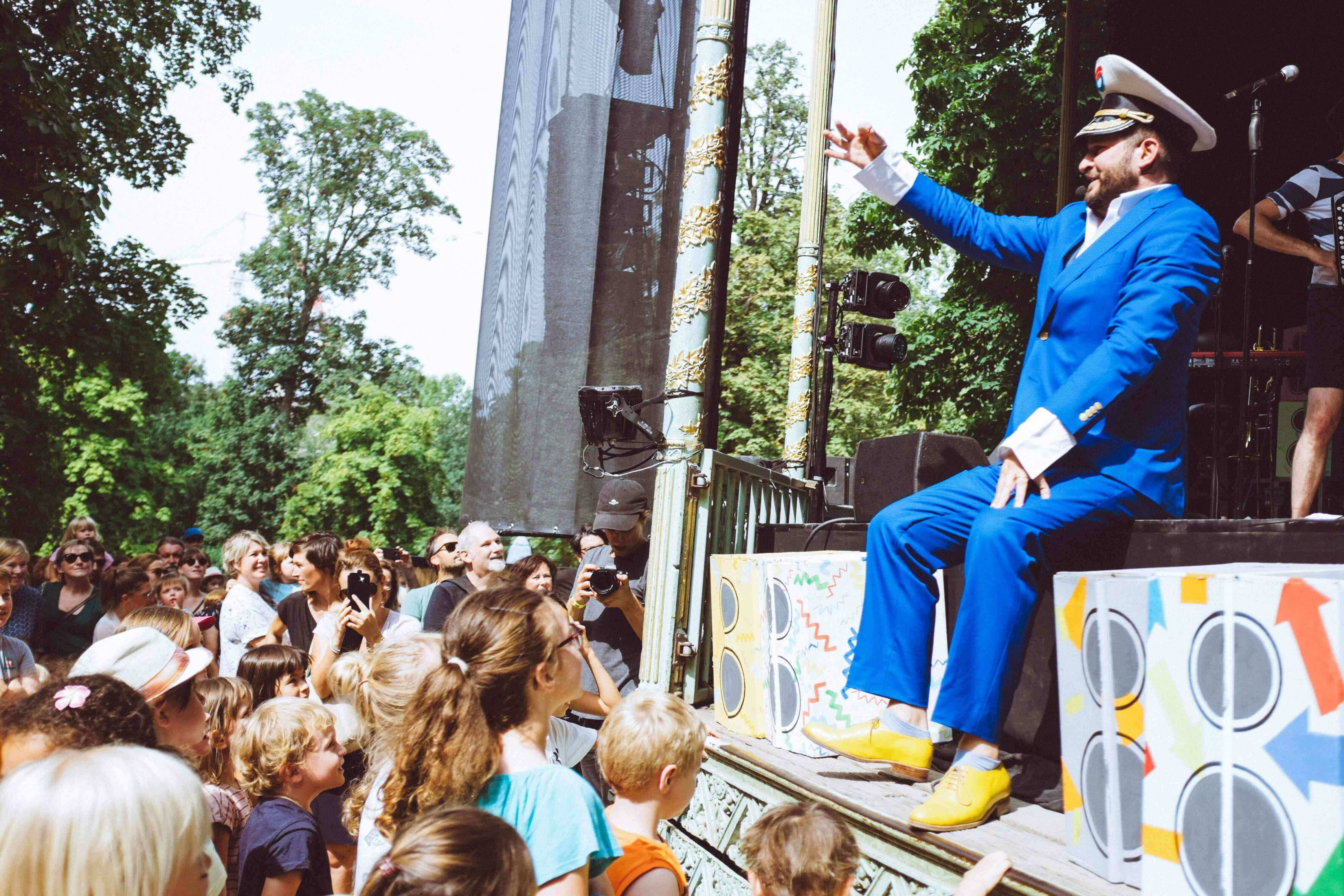
AB, and more specifically AB Club, is still a true breeding ground for young artists.
Untapped talent gave us their quirky best during the Domino festival (1996 -2011). These days there are projects like Silence Is Sexy and Artists in Residence.
BRDCST saw the light of day in 2016: BRDCST is AB’s outstanding indoor festival spotlighting musical boundlessness. Central to BRDCST are artists who feel strongly about musical innovation.
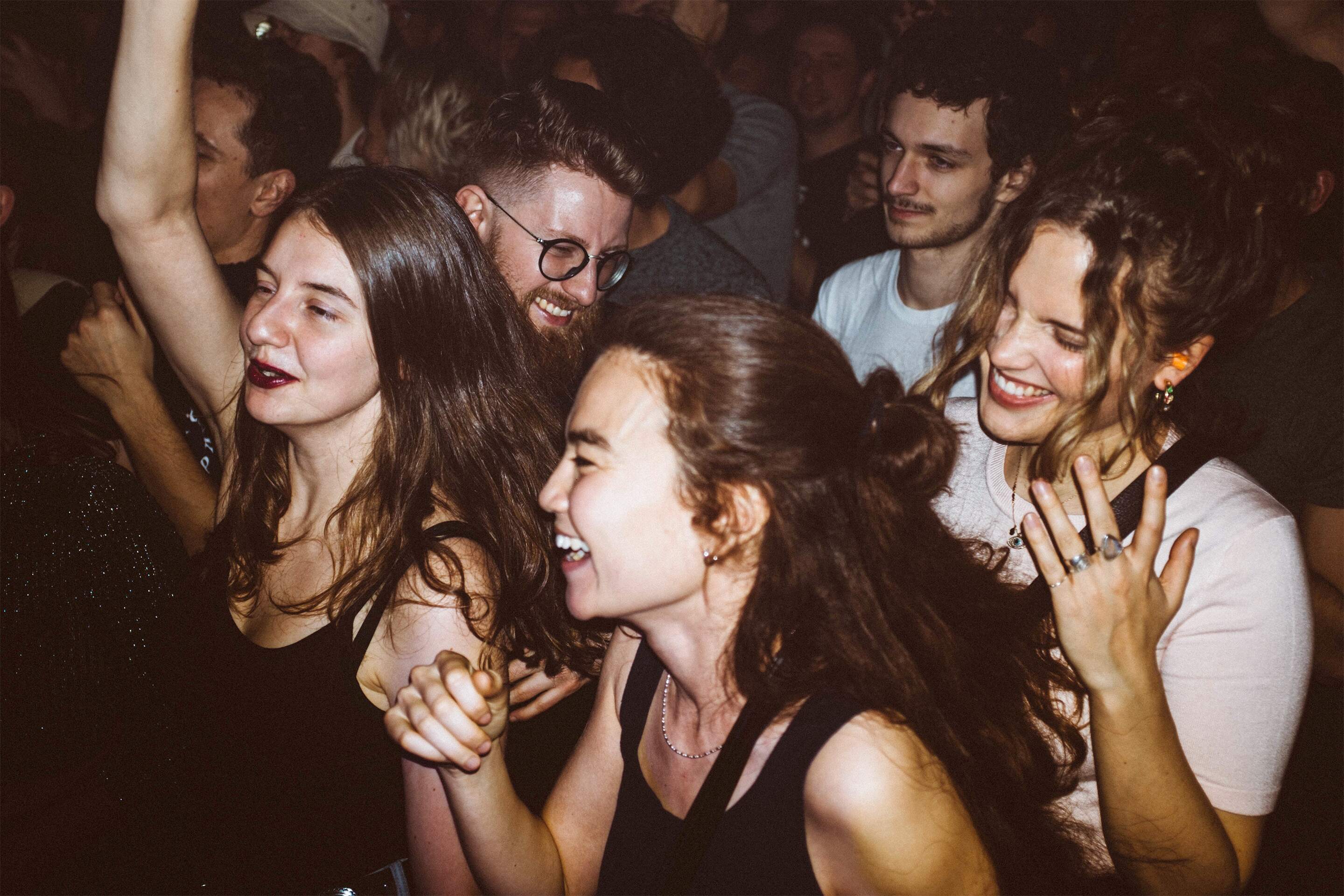
You can dance in AB during Braindance. Braindance, that’s the holy trinity of progressive DJs, bedroom producers and innovative live electronica acts. Braindance is the ideal first stop for a night out in Brussels and for mind-blowing musical discoveries.
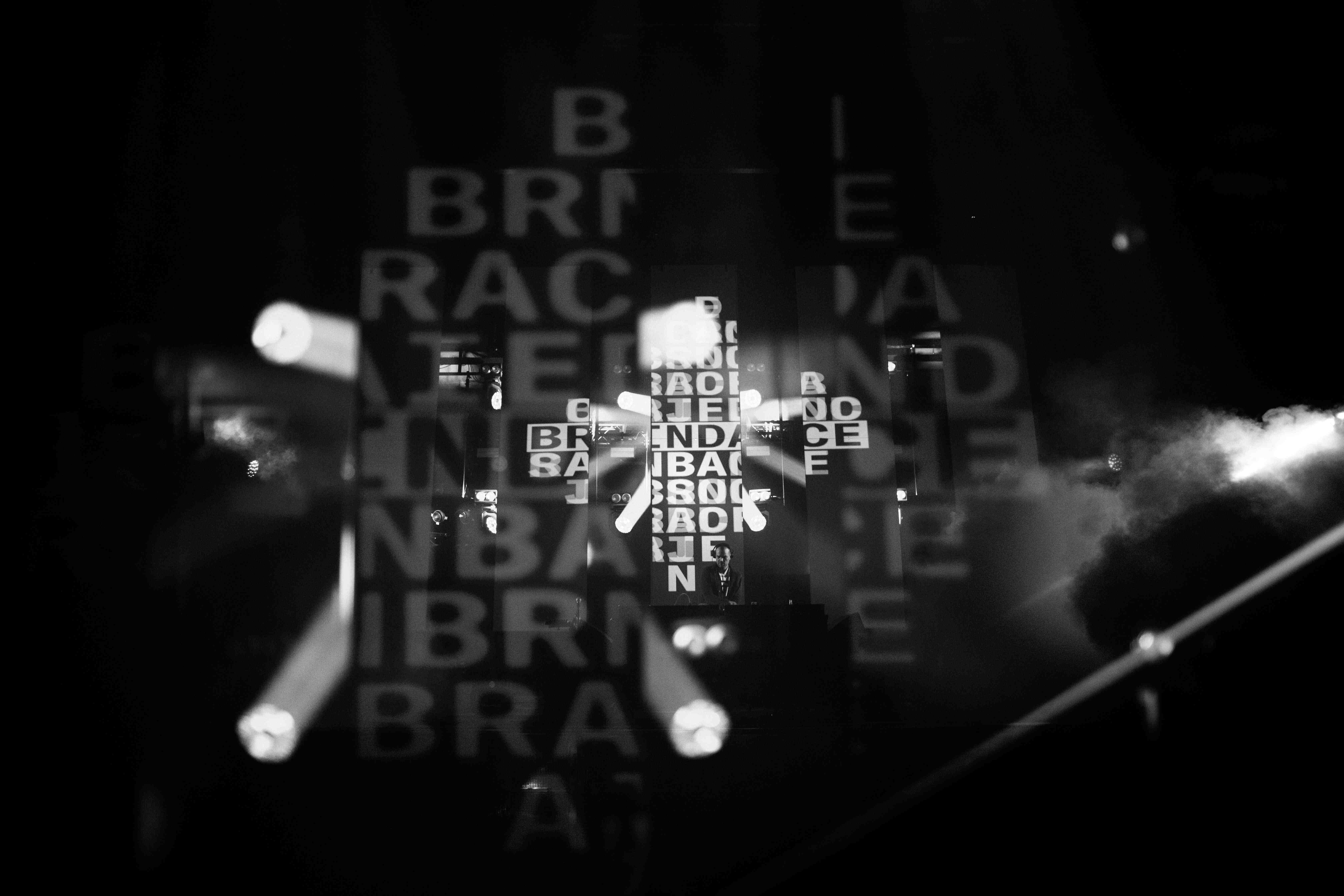
The future is Bright. This Brussels music temple is looking beyond the borders of nations with the ambitious Liveurope project. AB has been connecting no less than 16 different European concert venues since 2015, thanks to the support of the European Commission (as a part of ‘Creative Europe’).
Liveurope is an initiative that supports concert venues in their efforts to promote up-and-coming European artists. Its goal is to encourage the programming of young European acts over the entire continent and to help them reach new audiences.
Each will give visibility to young artists from the partner countries in their own venue.
Basically, AB still does what it has been doing for years: introducing interesting new and established artists to as broad an audience of music enthusiasts as possible. With a passion for music and a love of the audience and of Brussels.
